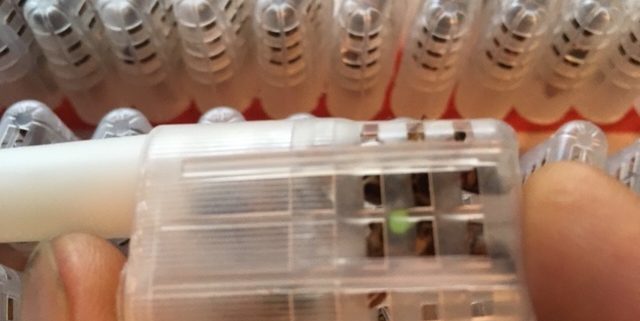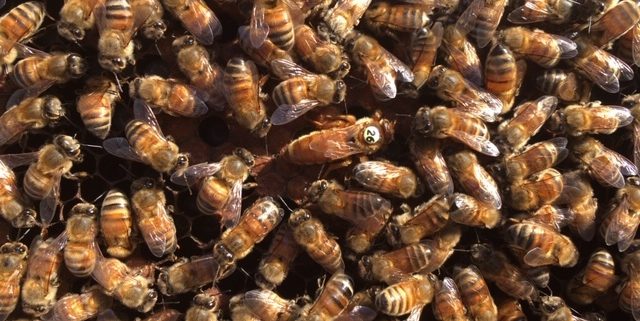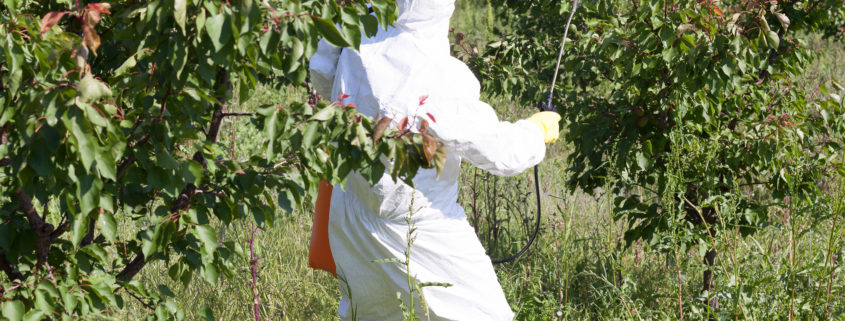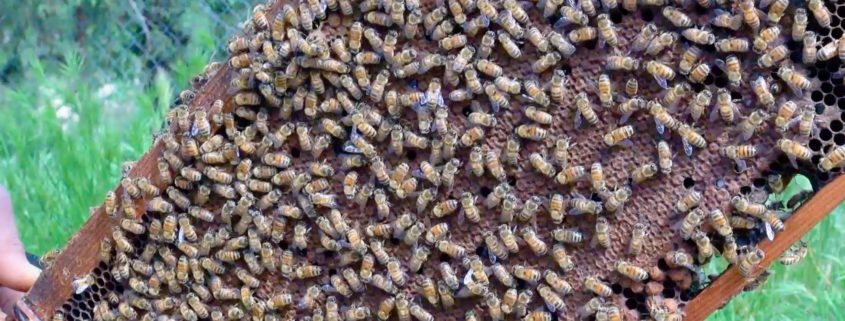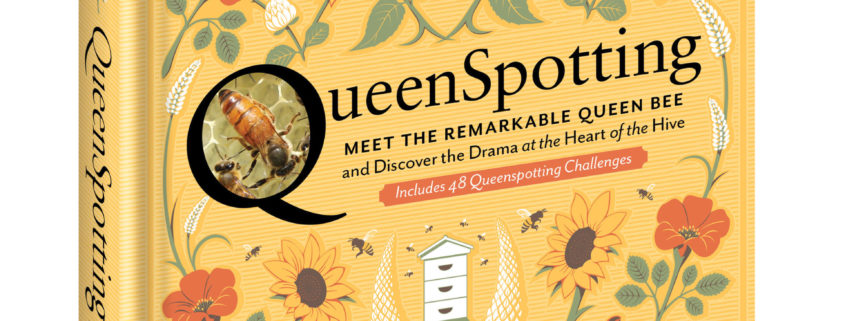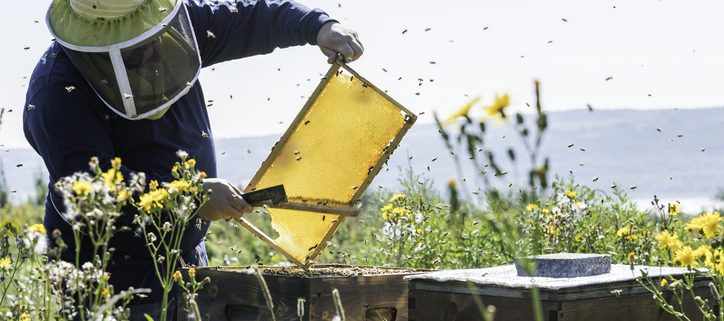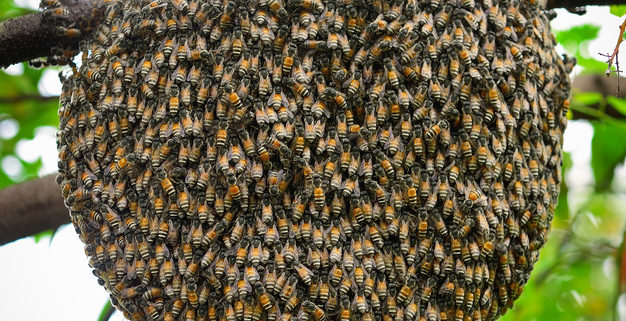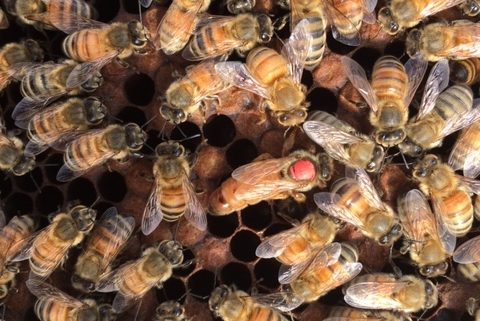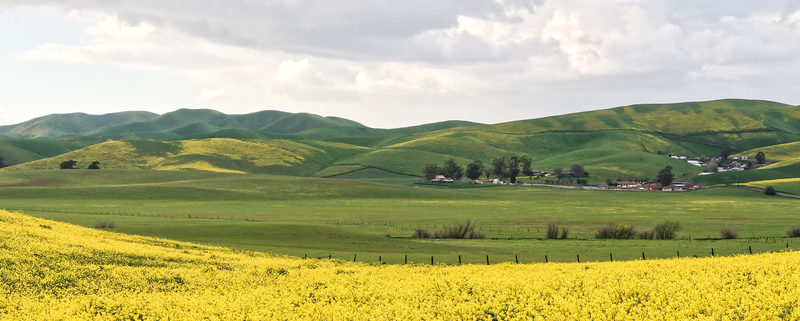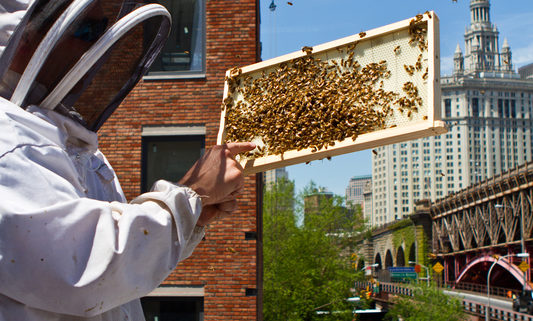Should Attendants Be Removed From The Queen Cage?
Some beekeepers advise that before introducing a queen honeybee, the attendants that ship with the queen should be removed from the queen cage prior to introduction. The theory behind this idea is that the colony that is receiving the new queen might perceive the queen’s attendants as belonging to a separate colony, and therefore start fighting among the bees and possibly injure the new queen along the way.
While this, of course, is theoretically possible, in actuality there is little to no evidence that this really happens. Beekeepers around the world successfully introduce hundreds of thousands of queens with attendants inside of the queen cages every year, and have done so for countless years without difficulty. The truth is that, when introduced, the queen pheromone spreads throughout the colony, both through the attendant bees and the colony’s existing bees. In very short order all of the bees will smell the same.
The far greater risk lies with trying to remove the attendants from the queen cage, while at the same time ensuring that the new queen stays inside the cage. Even for experienced beekeepers this is not always an easy task. It is not uncommon for a well-intentioned beekeeper to accidentally injure a queen bee by inadvertently closing the door of the queen cage on one of her fragile legs and/or antennae, or otherwise mishandle her while trying to remove the attendants. And, how many well-intentioned beekeepers have tried to remove the attendants from the queen cage, and accidentally allow the queen to fly out of the queen cage, to be lost forever? It is simply much safer to leave the new queen in her queen cage with her attendants, who are already taking excellent care of her.
At Wildflower Meadows, we purposely select young nurse bees as the attendants that we include with our queen bees for sale. We do this for the primary reason that we believe that young nurse bees are more instinctively inclined to attend to the new queen, and therefore make more conscientious attendants to the queen during shipment and queen introduction.
Attendant bees won’t hurt the queen, and they won’t hurt your colony’s bees, so why not let them be introduced with the new queen?

